Note: This post may contain affiliate links which means if you click on a link and purchase an item, we will receive an affiliate commission at no extra cost to you.
Are you planning on taking a trip with your cat this summer? If so, you’re likely wondering how to make the journey smooth and stress-free for both of you.
Cats can be notoriously fussy travelers, but with some preparation and patience, you can make the experience easier for everyone involved. So, here’s a step-by-step guide on traveling with your cat by car or airplane.
Table of Contents
How to Travel with a Cat (11 Steps)
1. Plan Ahead
The first step is to plan your trip well in advance. This will give you time to research the best way to travel with your cat and make all the necessary arrangements.
One of the most important things to consider is where you’ll stay. If you’re renting a vacation property or staying in a hotel, you should check the pet policy in advance. Some rental companies and hotels don’t allow pets, or they may charge an additional fee.
2. Get Your Cat Used to Their Carrier
If your cat has never traveled in a carrier before, they’re likely to be nervous and stressed when the time comes to hit the road. So to make the experience as smooth as possible for you and your feline friend, help them get used to their carrier before your trip.
The best way to do this is to simply leave the carrier in your home with the door open, so your cat can explore it and get comfortable on their terms. You may also want to put a soft towel or blanket inside the carrier to make it more inviting.
In addition, try giving your cat treats or food near and in the carrier, so they associate it with positive experiences.
But before you train them to get used to a carrier, you should make sure that it’s flight friendly. Different airlines have their own policies regarding what type of carrier they allow, so be sure to check with them in advance.
3. Do Travel Test Runs
Once your cat is comfortable with their carrier, it’s time to start doing some test runs. This will help them get used to the sensation of traveling and make the actual trip less stressful for everyone involved.
Start by taking them for short car rides around the block. Then, gradually increase the length of the trips until you’re confident they can handle a longer journey. If your cat gets agitated, take a break and try again another day.
You can also get them used to travel by taking them on walks in their carrier. This is a great way to let them explore their surroundings without getting too far from home. Just keep an eye on them and take them back home if they seem to be getting stressed.
Also, make sure to keep the carrier safe and comfortable during these test runs. You want your cat to associate it with positive experiences, not with being jostled around or stored in a cramped and dark space.
The Center for Pet Safety recommends placing your carrier on the floor behind the driver or front passenger seat if it isn’t crash-tested. If it’s not crash-tested, you can seatbelt it in the backseat.
Just make sure to never let your cat roam free in the car. Not only is it dangerous for them, but it can also distract you while driving.
4. Harness and Security Training
You’ll have to take your cat out of their carrier through airline security because the carrier will pass through X-ray screening. So make sure your cat is adequately trained to wear a harness and leash. This will help keep them safe and prevent them from running off and getting lost in an unfamiliar place.
The best way to train your cat to wear a harness is to start slowly and introduce them to it gradually. Put the harness on your cat for short periods, then slowly increase the amount of time they wear it. Be sure to praise them and give them treats when they’re wearing the harness so they associate it with positive experiences.
Once your cat is comfortable wearing a harness, you can start taking them for walks. Start with short walks around the house, and then increase the distance. Be sure to go at your cat’s pace and take breaks often.
Harnesses and leashes aren’t just for security purposes – they can also be a great way to bond with your cat. Walking your cat is a great way to spend time together, and it’s an excellent way to give them some exercise. Just be sure to take things slowly at first, and always supervise your cat while they’re wearing a harness.
5. Consult Your Veterinarian
Before you travel with your cat, it’s always a good idea to consult with your veterinarian. They can help you ensure that your cat is healthy enough to travel and give you advice on how to make the trip as stress-free as possible. You may find that some cat breeds like Siamese or Persians may not do well with air travel because of their short faces and nasal passages.
Your veterinarian can also recommend preventive care for your destination. And they may recommend travel insurance for your cat, which will help you cover unexpected veterinary costs while you’re away.
You can also get medical paperwork, which may be required by your airline. If your cat isn’t microchipped, your vet can help you get one.
6. Don’t Forget Their Comfort Items
Cats spend a lot of time marking their territory through ritualistic behavior such as scratching or rubbing their faces on particular objects, which releases pheromones that decrease stress and aid in familiarity. So, bringing along some of your cat’s favorite things is a good idea to help them feel more comfortable in their new surroundings.
Items such as a favorite toy, blanket, or small furniture will help your cat feel more at home. You might also want to consider bringing along their bed (if it’s portable enough) so your cat has a comfortable place to hide away if they feel overwhelmed.
If you have the opportunity, it’s also helpful to bring along a sample of your cat’s favorite food and litter so they can maintain some sense of normalcy in their new environment.
7. Pack Other Necessities
In addition to your cat’s comfort items, there are a few other things you’ll need to pack for the trip. These include:
- Litter and a litter box (or two, in case of accidents)
- Food and water bowls
- Extra food and water
- Cat toys
- A pet first-aid kit
- Any necessary medications
- Your cat’s medical records (vaccination certificates, recent lab work, rabies vaccination tag, etc.)
You should also make sure your cat is wearing identification. A microchip is the best form of ID, but a collar and tags with your contact information will also suffice.
If your cat is flying in the cargo hold, make sure you have a photo of your cat and the carrier with you in case you’re separated.
8. When Flying, Choose Cabin Over Cargo
The best way to travel with your cat is in the cabin with you. Not only is it much safer, but it’ll also be less stressful for your cat.
If your cat has to fly in the cargo hold, make sure you choose an airline that allows pets and has a good reputation for handling them safely. And make sure to travel on the same flight as your cat and avoid plane transfers as much as possible.
9. Comply with Airline and Country Requirements
When flying, let the airline know you’re traveling with a pet.
You may have to pay a fee, and there may be weight and size restrictions. You’ll probably also have to provide medical documents, proof of vaccination, and other paperwork. Be sure to ask about these things when you book your tickets.
Some airlines have a maximum number of in-cabin pets per flight, so booking your tickets as early as possible is crucial.
You’ll also need to comply with the requirements of your destination country.
For domestic flights within the USA, your cat will need a health certificate from a veterinarian, usually within 10 days of travel.
For international flights, you may need to provide additional documentation, including proof of vaccination against rabies and other diseases. Always check with the consulate of your destination country for more information.
10. At the Airport
Get to the airport early, especially if you’re flying during peak travel times. This will give you plenty of time to check in and get through security without rushing.
When going through security, take your cat out of their carrier so it can be x-rayed separately. You’ll have to hold your cat during this process, so it’s a good idea to ask for help from a friend or family member if possible.
Once you’re through security, find your gate and get settled in. You can let your cat out of their carrier to stretch their legs, but make sure they’re always supervised. And don’t forget to keep them hydrated during the flight.
11. Upon Arrival
When you arrive at your destination, give your cat a little time to adjust to their new surroundings. Let them explore their new home at their own pace and provide plenty of food, water, and litter.
If you’re staying in a hotel, ask for a quiet room away from the elevators and other high-traffic areas.
And finally, make sure you have your cat’s ID tags on their collar and keep their microchip information up to date. This will help ensure that your cat can be returned to you if they get lost.
7 Tips When Traveling with Your Cat
1. Prepare for a Few Hours Before You Leave
Give yourself plenty of time to get ready for the trip. This way, you won’t have to rush and can take care of everything calmly.
If your cat is carrier trained, withhold food for a few hours before the trip. Then, toss a few pieces of their favorite treat into the carrier. This will help them walk right in without making a fuss.
2. Block Your Cat’s View During Travel
If your cat can see out of the carrier, they may become anxious during the trip. You can block their view by draping a towel or light blanket over the carrier. This will help them feel more secure and less likely to meow or try to escape.
3. Withhold Food
A car’s motion or a plane’s altitude changes can cause your cat to vomit or have diarrhea. To avoid this, withhold food for a few hours before the trip. Then, give them small amounts of dry food or water during the journey.
4. Never Leave Your Cat Alone in the Car
Cars can heat up quickly, even on cool days. Never leave your cat in the car alone, even for a few minutes. If you’re taking a long road trip, take frequent breaks so your cat can stretch their legs and use the litter box.
5. Make Sure Your Cat Is Relaxed Before Letting Them Out
Once you’ve arrived at your destination, give your cat some time to adjust to their new surroundings. Let them explore at their own pace and provide food, water, and litter. If your cat seems stressed or uncomfortable, try confining them to a smaller space until they get acclimated.
If you’re staying in a hotel, keep your cat indoors. If there’s a balcony, secure the door so your cat can’t escape.
6. Be Patient
Cats can be creatures of habit, so they may take a while to adjust to a new place. Be patient and give them time to get used to their new surroundings. If your cat is having trouble adjusting, talk to your veterinarian about possible solutions.
7. Be Financially Prepared
Traveling with a cat can be expensive, from the cost of airfare or gas to pet-friendly hotels and restaurants. Make sure you have a credit card that offers travel rewards to offset some of the costs. You should also have a pet insurance policy if your cat gets sick or injured while on the road.
Be Prepared, Take Your Time, and Have Fun!
Traveling with a cat can be a fun and rewarding experience, but it’s essential to be prepared for the challenges that may come up. Following these tips can make the journey smoother for you and your feline friend.
Have you ever traveled with your cat? What tips would you add to this list? Let us know in the comments below!





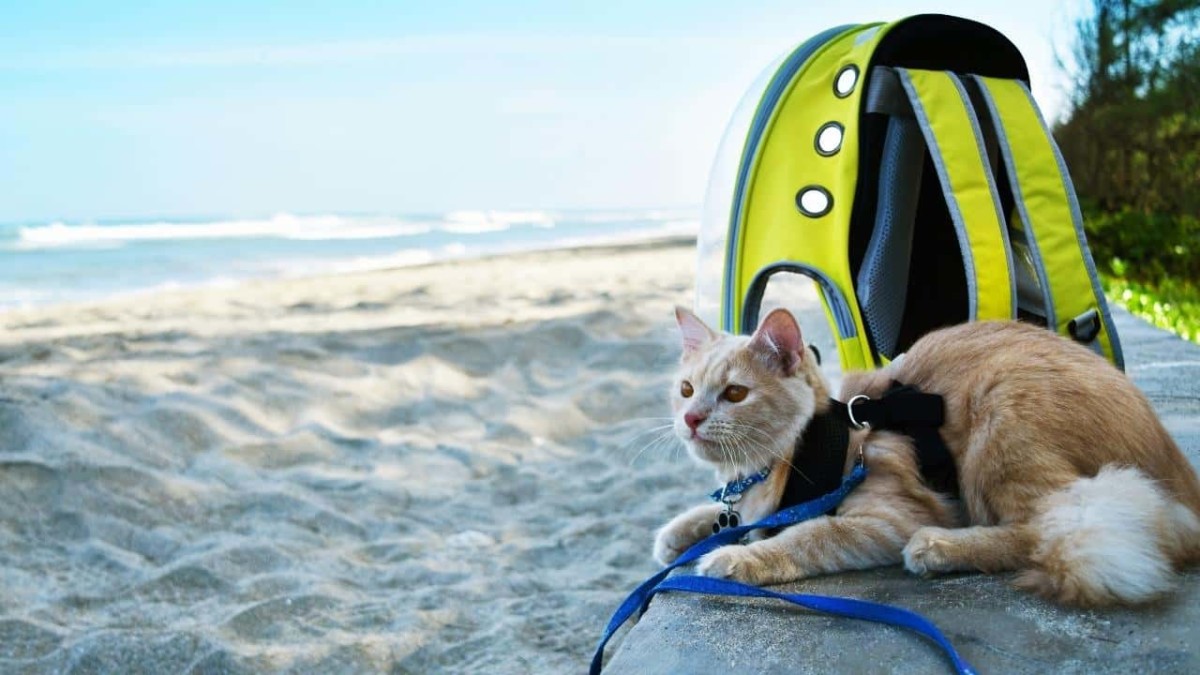
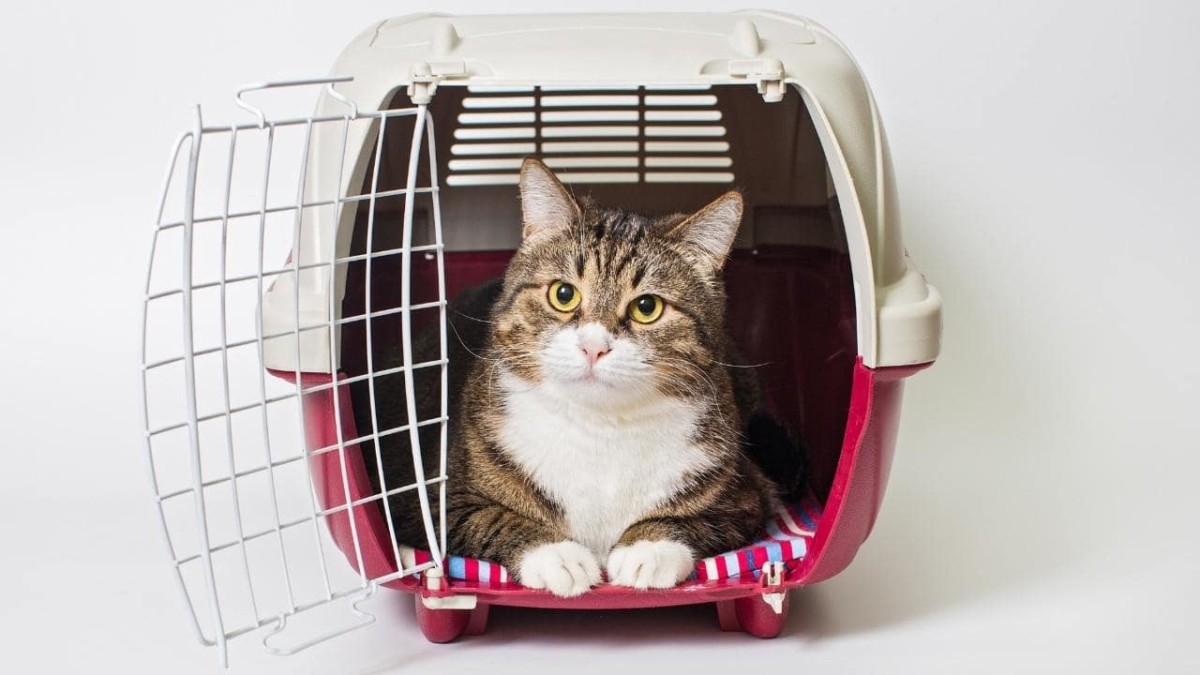
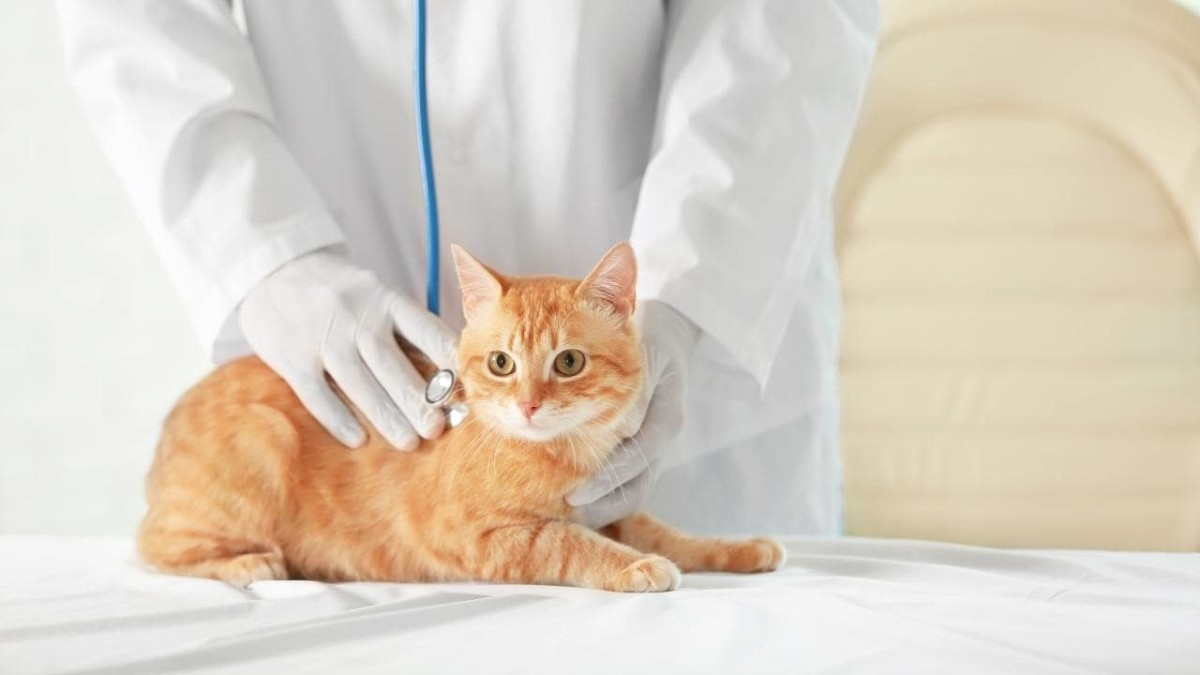
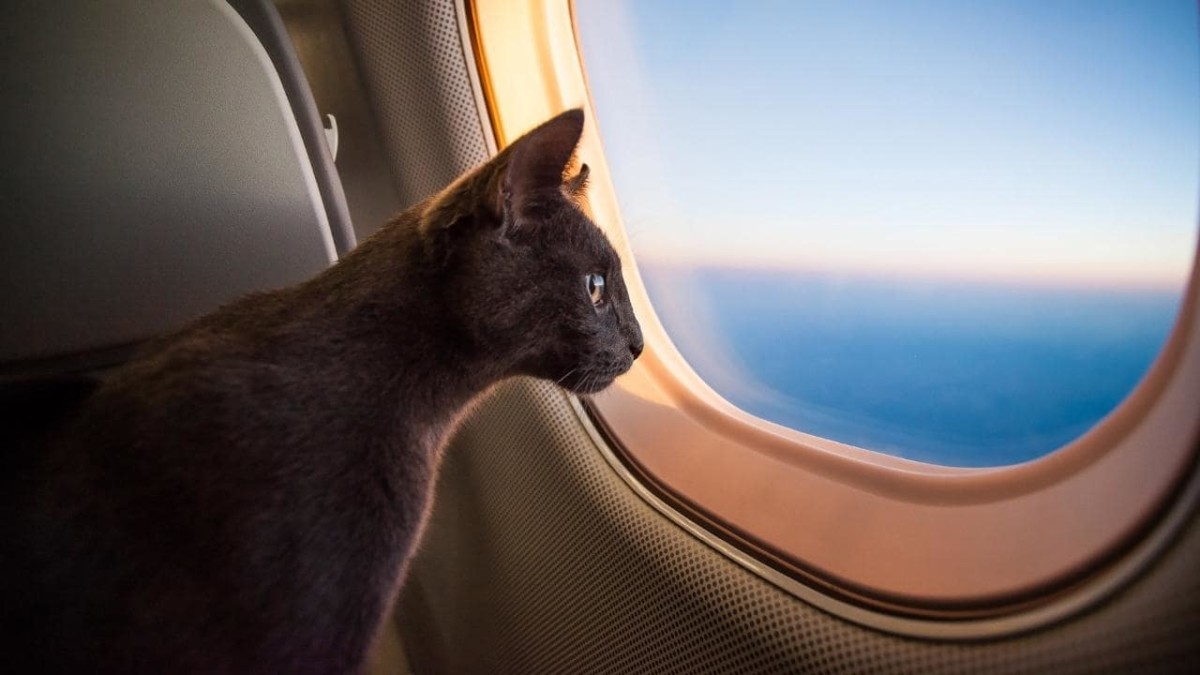
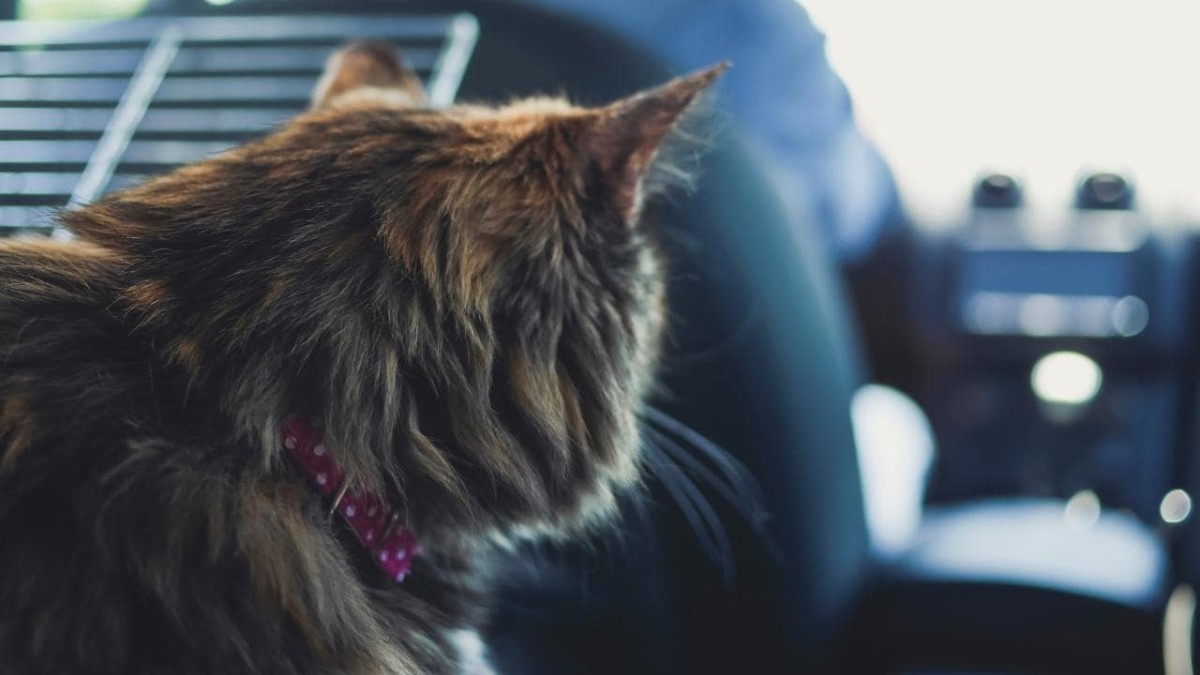




Leave a Reply
View Comments